GUEST ARTICLE: Dabbs Fitness Head Coach, Niall Barker
Conditioning is an essential component of any well-rounded fitness program, helping individuals improve cardiovascular endurance, increase stamina, and enhance overall athletic performance. However, effective conditioning requires more than just mindlessly sweating it out. It demands a carefully structured approach to training that should be strategically integrated alongside strength and hypertrophy training in order to maximise results.
Here are some things you need to consider when including conditioning in your training.
Define Your Goals
Before embarking on any training program, it's crucial to define your goals. Are you primarily focused on building strength and muscle mass, enhancing your cardiovascular fitness, or do you seek a more balanced approach? Understanding your objectives will guide the structure of your programme and how you combine conditioning with strength training. Once you have defined these goals, you can decide what aspect of your training should take priority.
If your main goal is strength and hypertrophy then you need to allocate the majority of your training sessions to focus on strength-building exercises, such as compound movements (e.g., squats, deadlifts, bench presses), along with targeted hypertrophy work for specific muscle groups. This ensures you have ample energy and resources to maximise strength gains and muscle growth.
If you want to primarily focus on endurance then most of your training should feature a variety of conditioning training methods including high-intensity interval training (HIIT), circuit training, and longer distance aerobic exercise. Additional resistance training sessions can be included on separate days to build strength and prevent injury.
Separate Conditioning and Strength Sessions
Combining strength and conditioning workouts within the same training cycle is referred to as concurrent training. Concurrent training can lead to improvements in both aerobic endurance and muscle strength, however, there is evidence suggesting that the magnitude of these adaptations may be lower compared to training each component separately. This phenomenon is known as the interference effect. This effect is more pronounced when the aerobic endurance training and resistance training sessions are performed within close proximity (i.e., same session or same day) or when the training volume and intensity are high.
To avoid interference and optimise recovery, it is generally recommended to separate conditioning and strength sessions (Robineau et al., 2016). Perform your strength workouts on separate days from your conditioning sessions to allow for adequate rest and recovery between the two. This way, you can devote full attention and energy to each training component, promoting better performance and progress.
Prioritise Proper Timing
When structuring your training week, consider how strength and conditioning workouts can complement each other. It's generally recommended to schedule your most intense strength workouts on days when conditioning demands are lower. This allows for optimal recovery and performance during both types of training sessions (Sousa et al., 2020).
Utilise Time-Efficient Conditioning Methods
When programming conditioning around strength and hypertrophy training, time efficiency becomes crucial. Incorporate HIIT or circuit training protocols to optimise your conditioning sessions. These methods allow you to achieve maximum cardiovascular benefit in a shorter amount of time, minimising interference with strength and hypertrophy goals (Methenitis, 2018). If you can’t train very often, you can also include 10-15 mins of HIIT at the end of your weights sessions to ensure you get a balanced workout.
Prioritise Progressive Overload
Just like with strength training, progressive overload is crucial for conditioning. It involves gradually increasing the demands on your body to stimulate adaptation and improvement. You can achieve progressive overload by increasing the duration or intensity of your workouts, reducing rest periods, or adding new exercises or challenges. Tracking your progress through a training log or wearable fitness device can help you monitor your improvements and adjust your programming accordingly.
Adjust Training Volume and Frequency
The volume and frequency of your conditioning sessions should be carefully adjusted to avoid overtraining and ensure optimal recovery. Start with a conservative volume and frequency, gradually increasing as your conditioning improves (Sousa et al., 2020). However, be cautious not to let excessive conditioning volume interfere with strength and hypertrophy progress. Finding the right balance is key to achieving the desired results.
Conclusion
Conditioning and strength training are two vital components of a well-rounded fitness program and integrating the two optimally requires a strategic approach. By clearly defining your goals and using the tips listed above you can find the right balance between conditioning and strength programming to create an effective and balanced fitness routine.
EXAMPLE TRAINING WEEK (STRENGTH FOCUS)
|
Day |
Training |
|
Monday |
Full Body Strength |
|
Tuesday |
20-30 min HIIT |
|
Wednesday |
Upper Body Strength/Hypertrophy |
|
Thursday |
Rest |
|
Friday |
Lower Body Strength/Hypertrophy |
|
Saturday |
Optional Upper Hypertrophy + 20 min HIIT |
|
Sunday |
Rest |
EXAMPLE TRAINING WEEK (CONDITIONING FOCUS)
|
Day |
Training |
|
Monday |
Full Body Strength + 10 min HIIT |
|
Tuesday |
45-60 mins Aerobic Exercise (running, swimming, cycling) |
|
Wednesday |
45 min Circuit Training |
|
Thursday |
Rest |
|
Friday |
Full Body Strength + 10 min HIIT |
|
Saturday |
30-45 min HIIT |
|
Sunday |
Rest |
References
Methenitis, S., 2018. A brief review on concurrent training: from laboratory to the field. Sports, 6(4), p.127.
Robineau, J., Babault, N., Piscione, J., Lacome, M. and Bigard, A.X., 2016. Specific training effects of concurrent aerobic and strength exercises depend on recovery duration. The Journal of Strength & Conditioning Research, 30(3), pp.672-683.
Sousa, A.C., Neiva, H.P., Izquierdo, M., Alves, A.R., Duarte-Mendes, P., Ramalho, A.G., Marques, M.C. and Marinho, D.A., 2020. Concurrent training intensities: a practical approach for program design. Strength & Conditioning Journal, 42(2), pp.38-44.


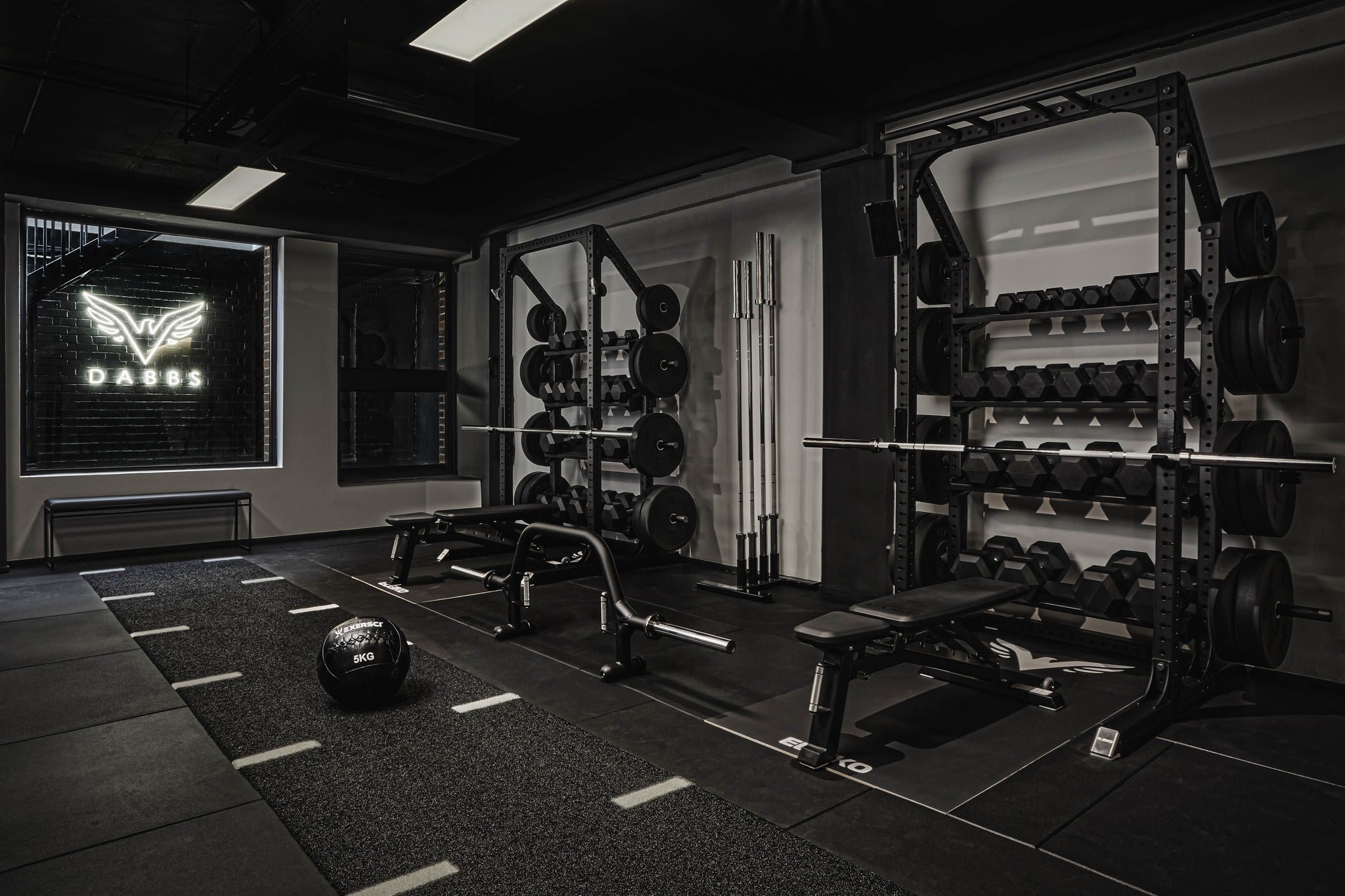









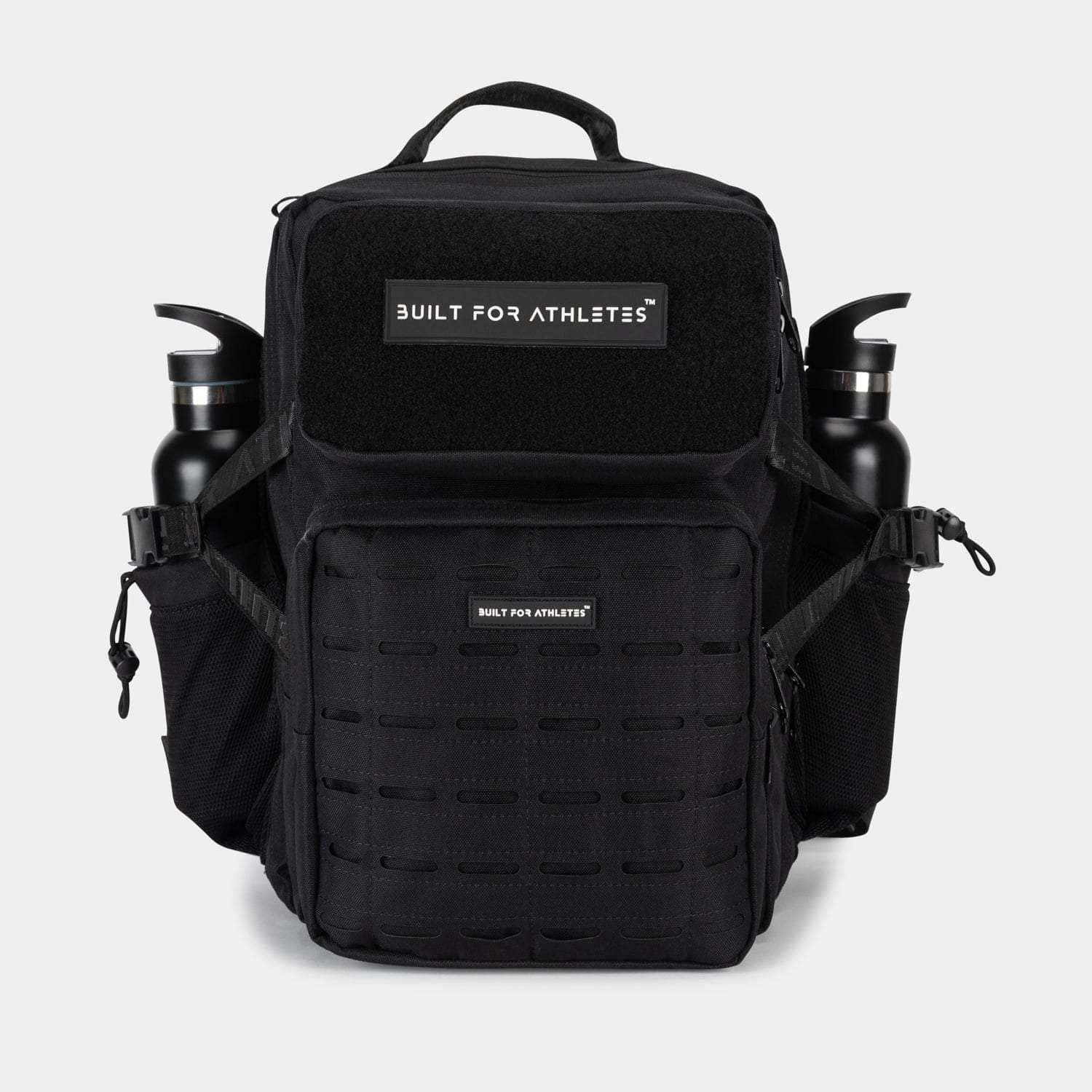


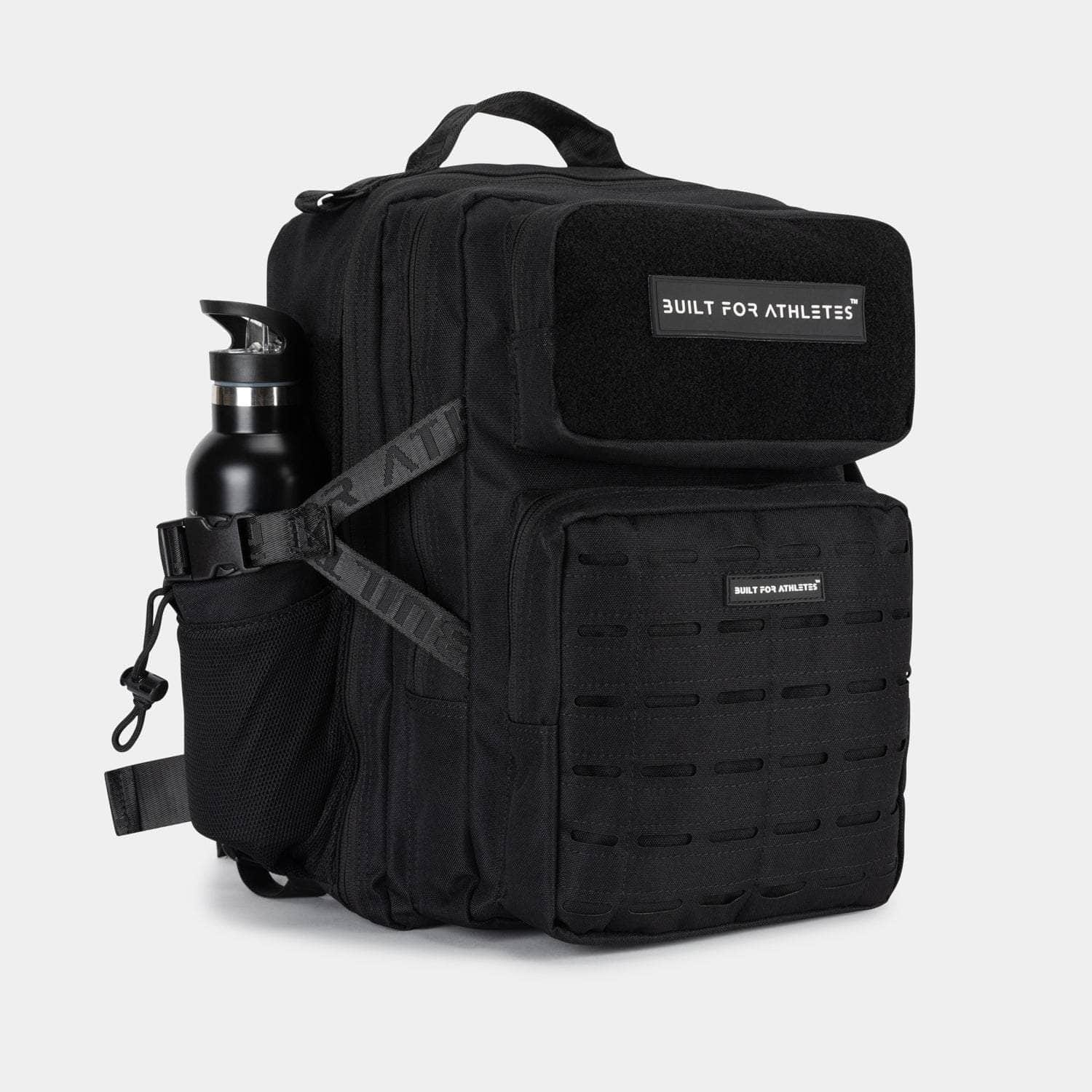



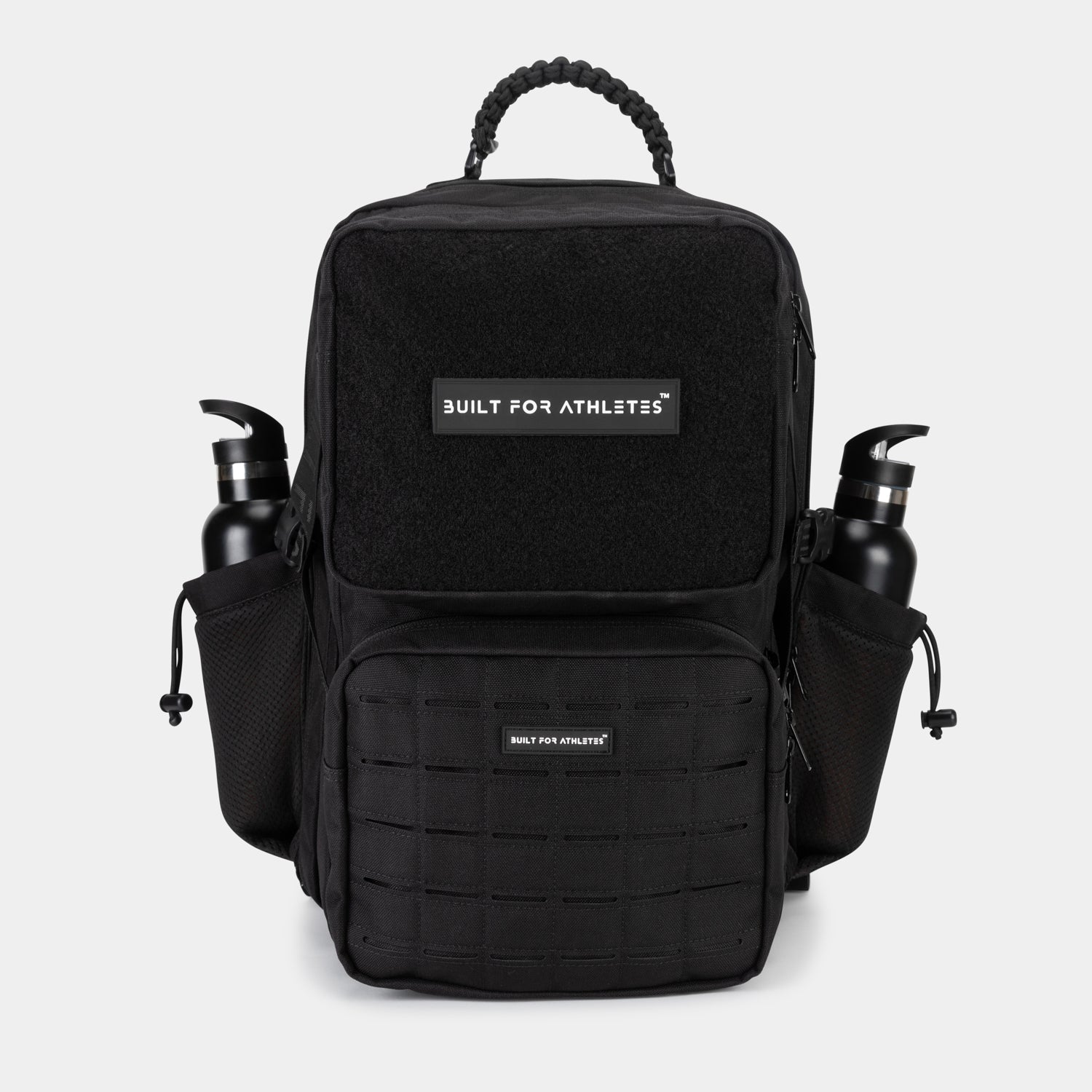
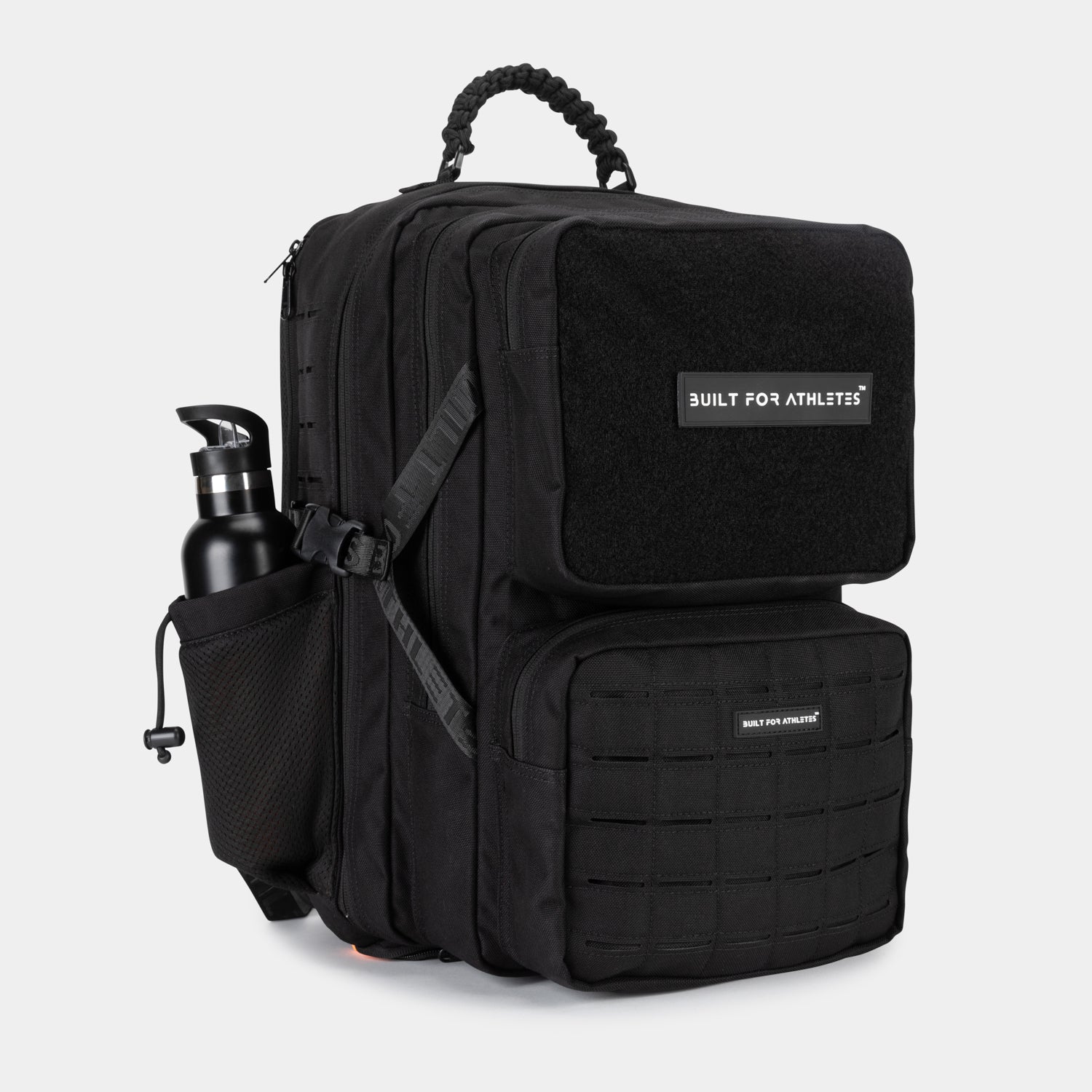










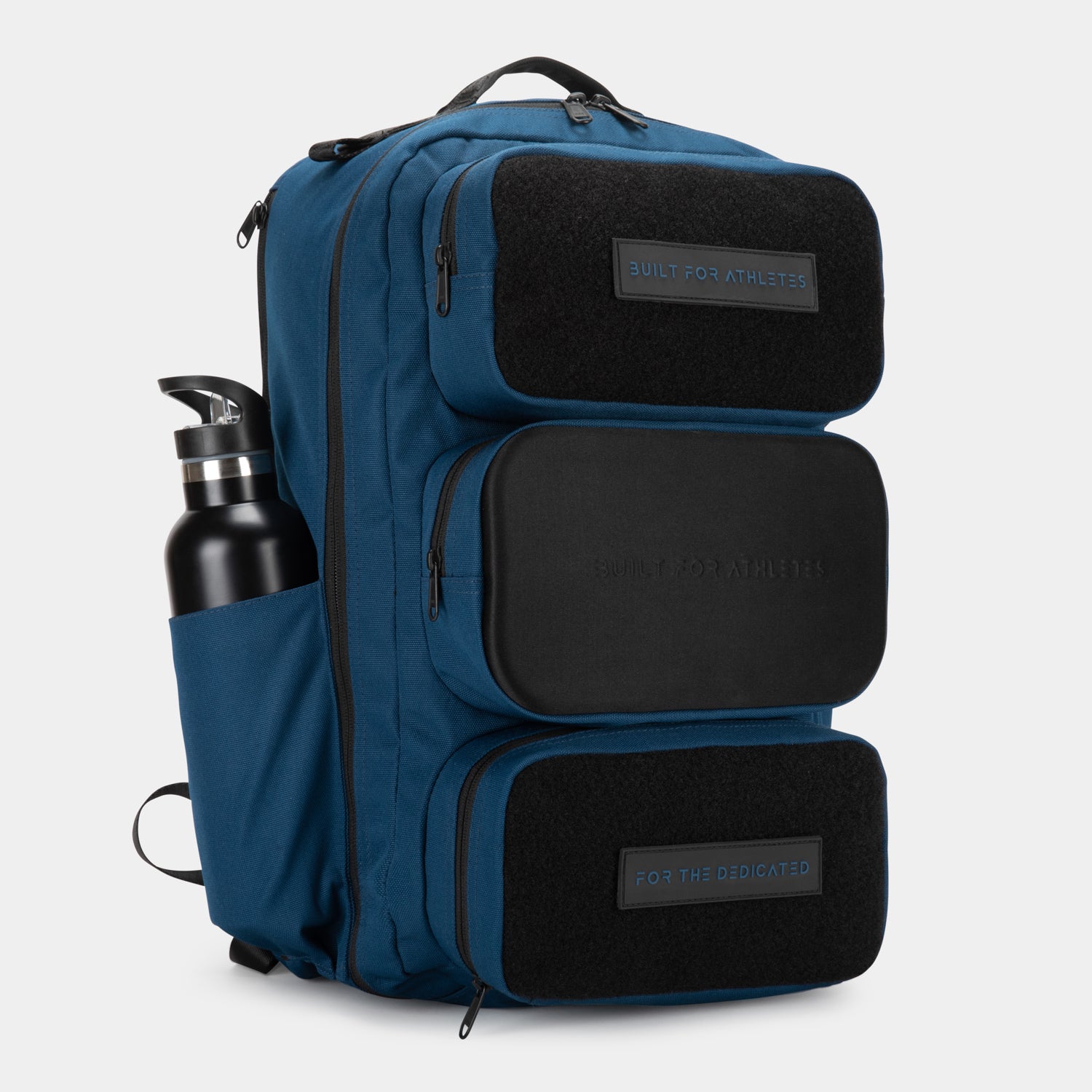

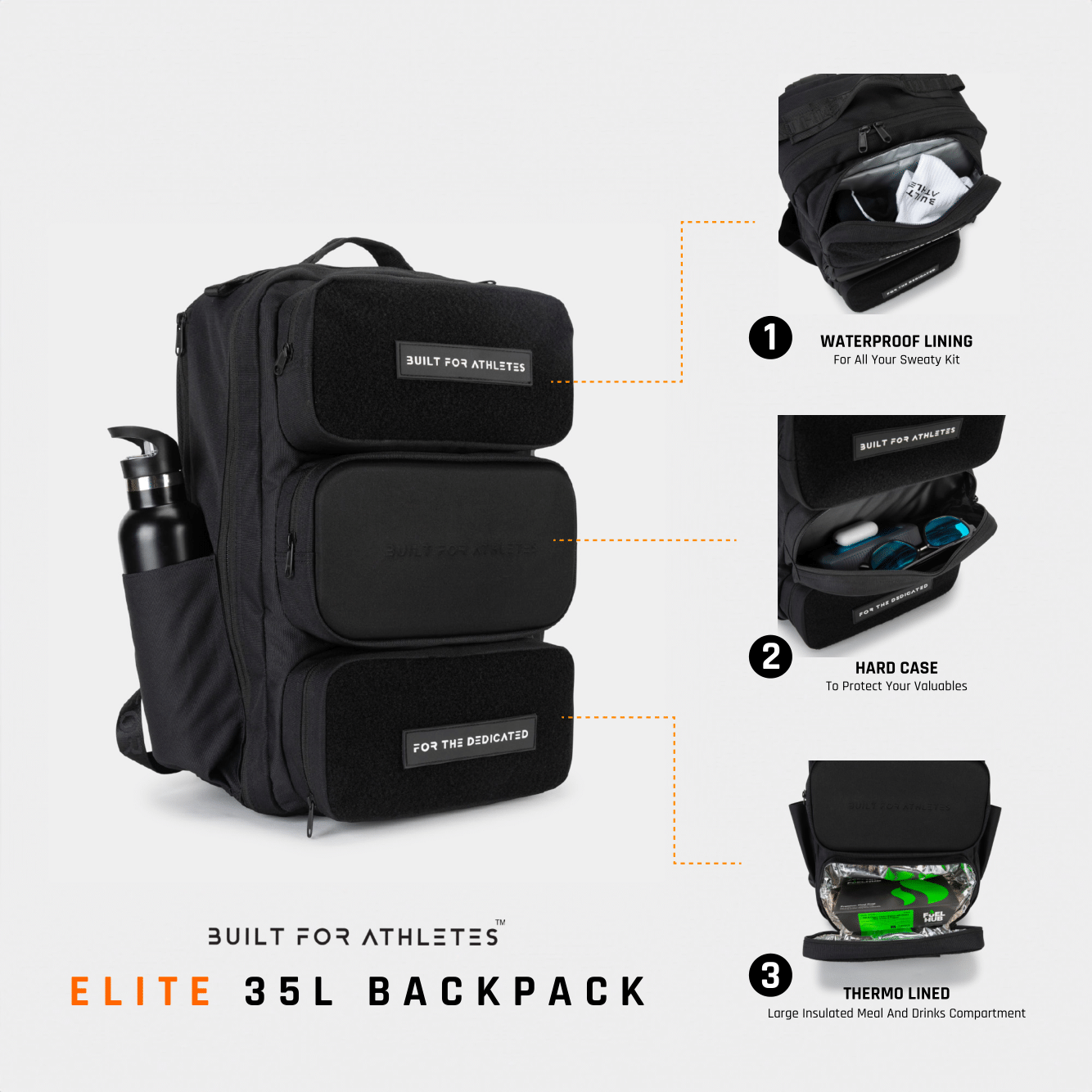










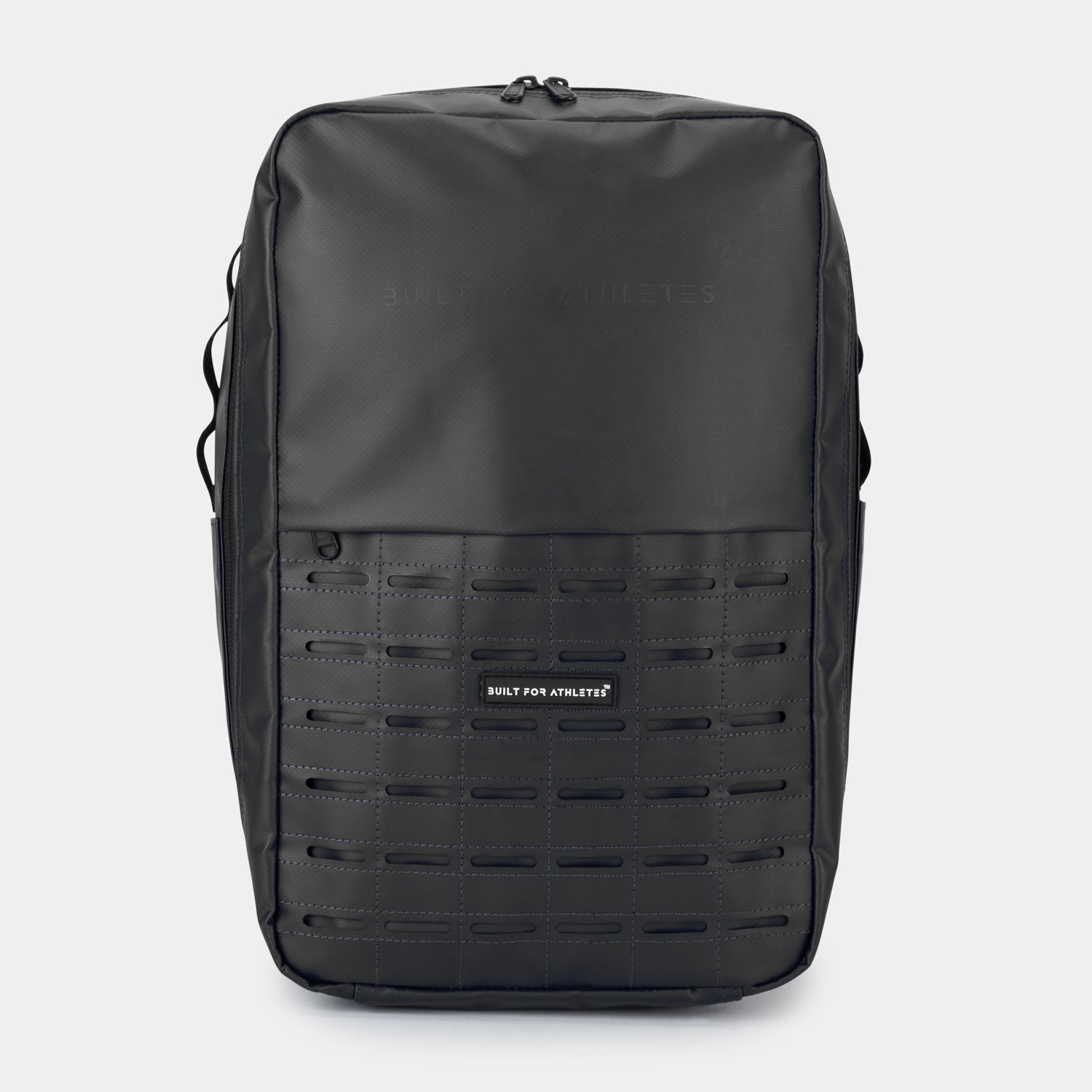










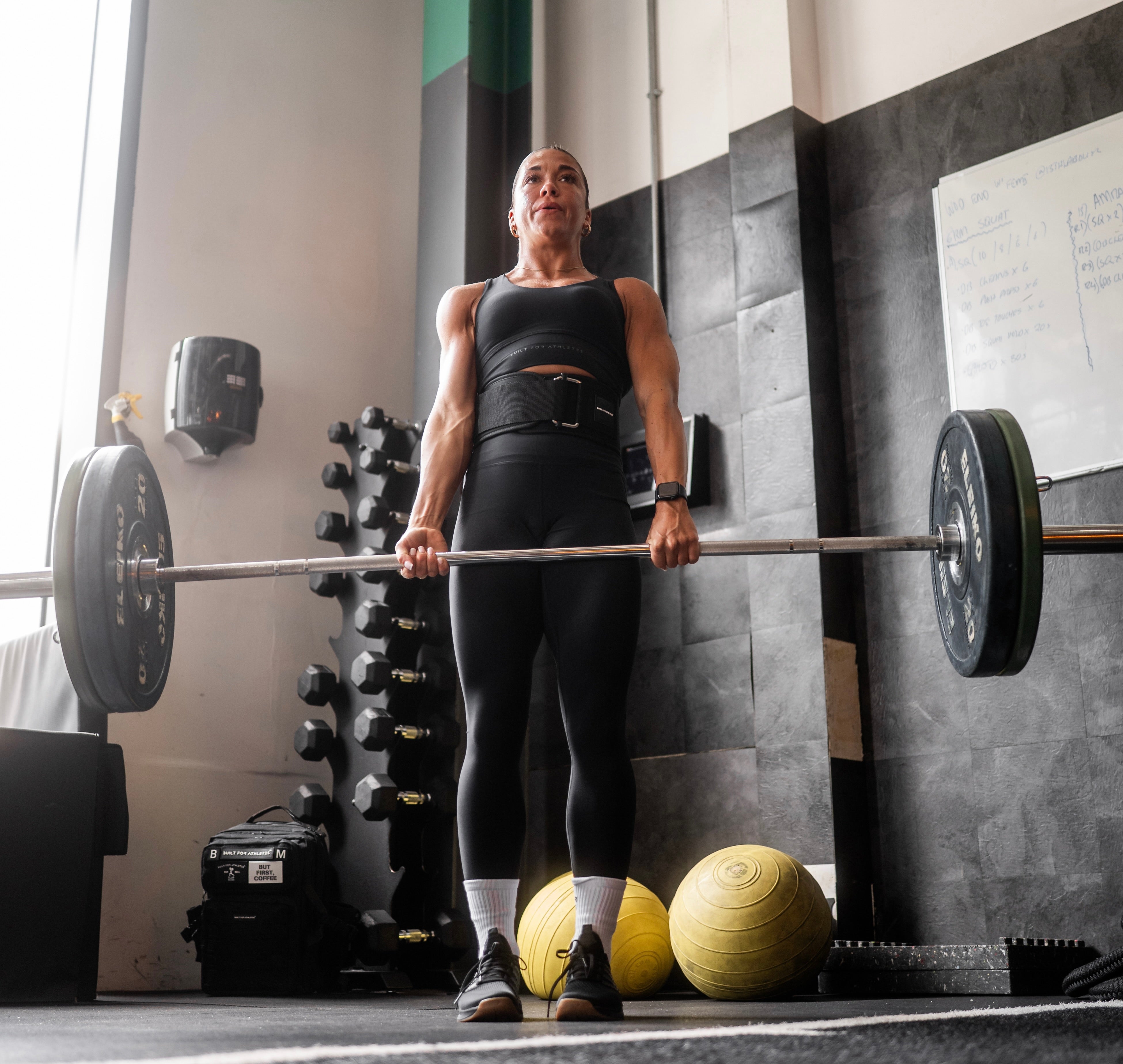
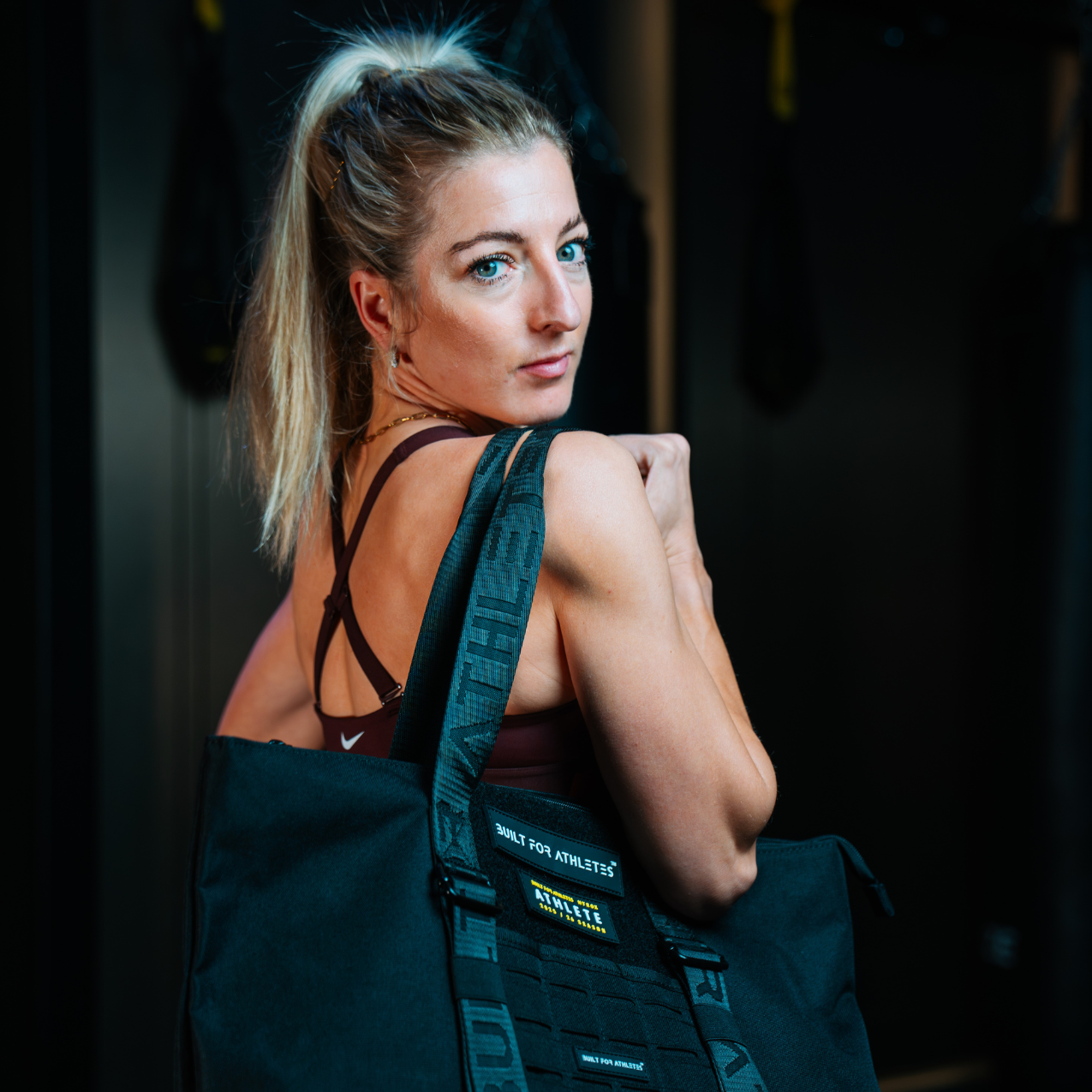
Share:
#WOTW
#WOTW